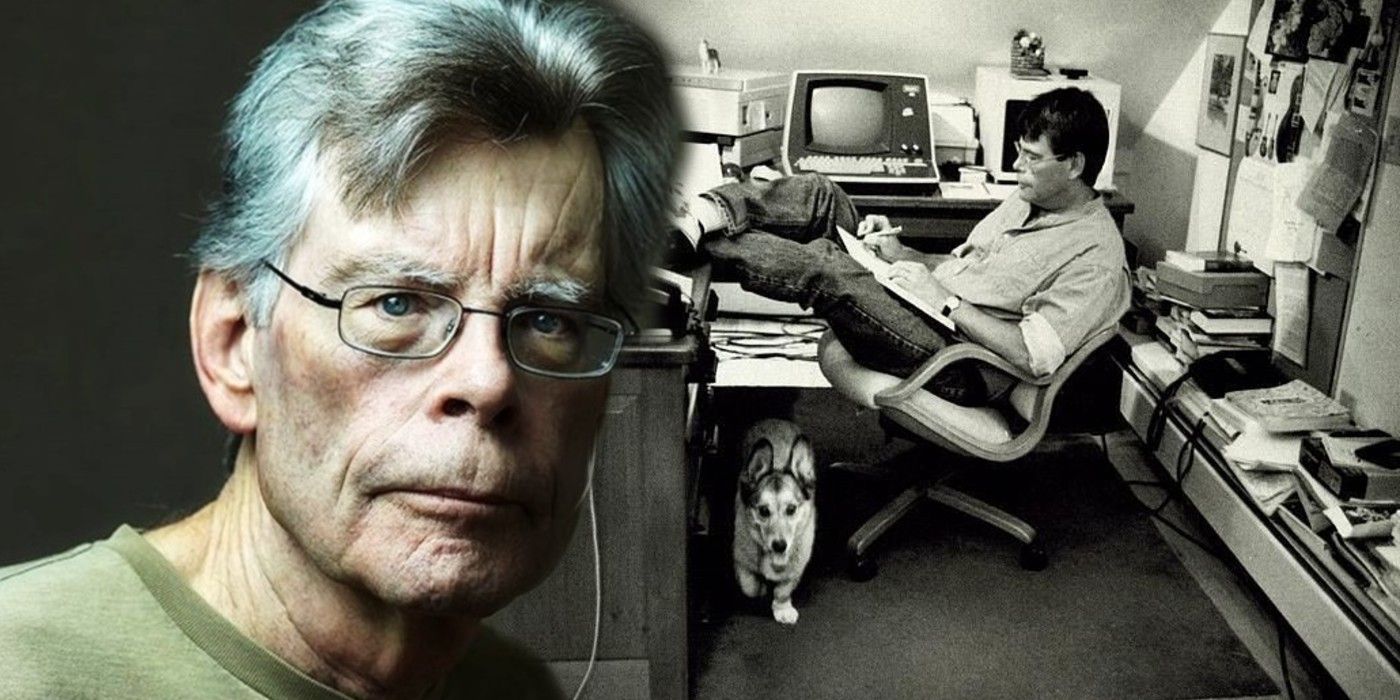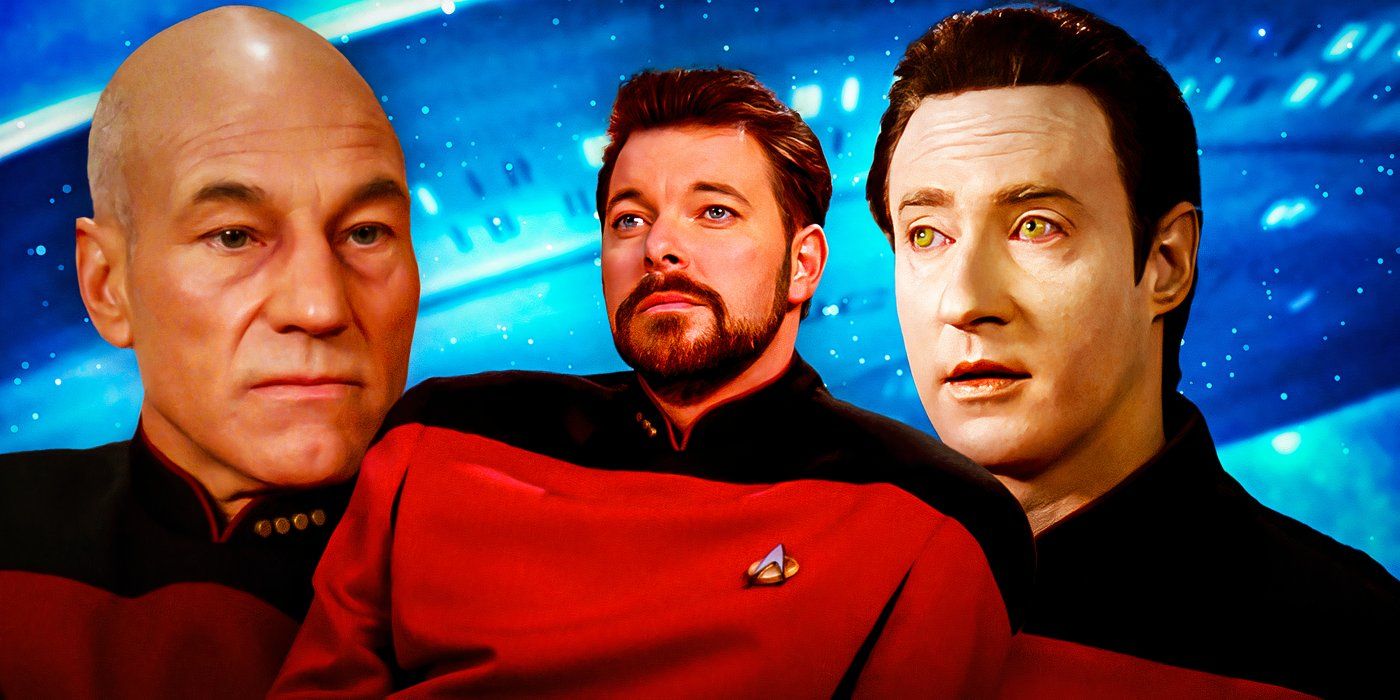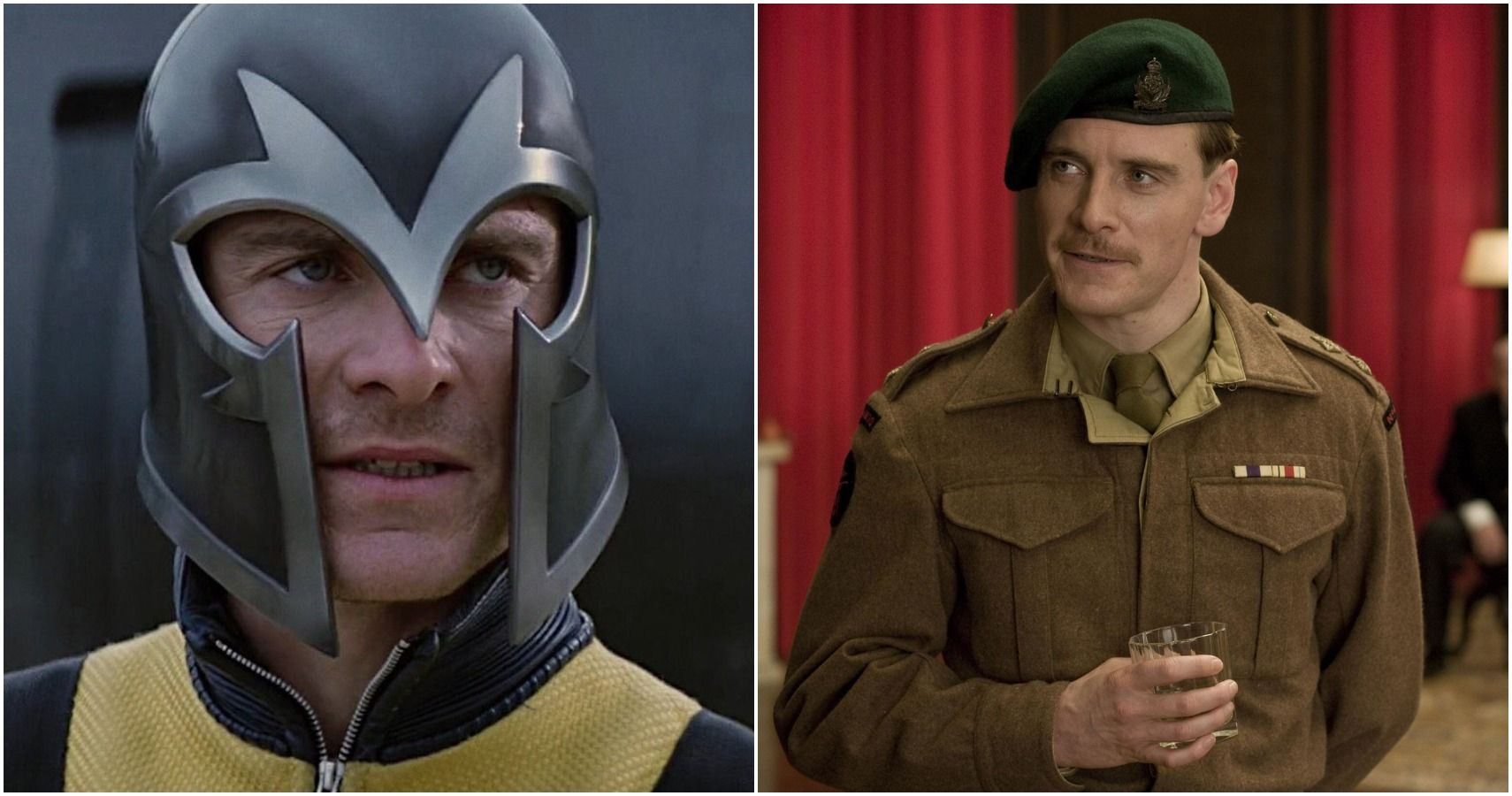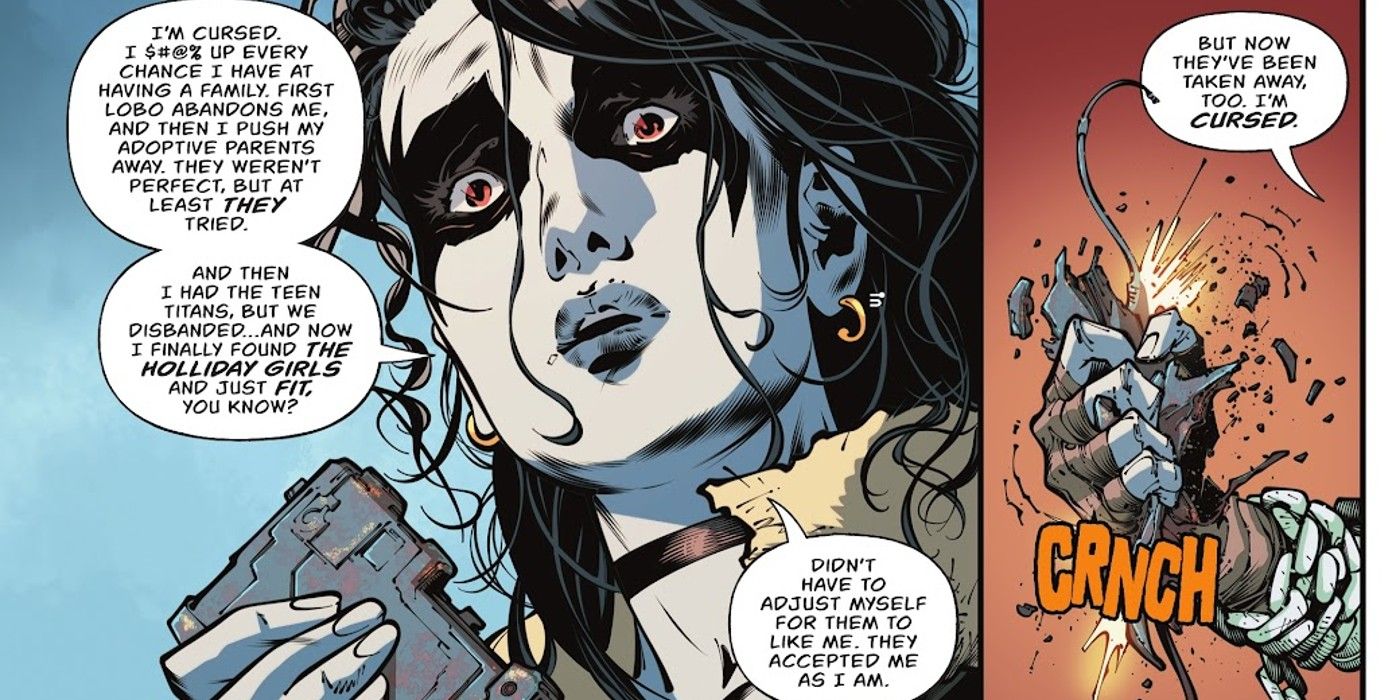Here’s what every Star Wars movie title means. When the franchise’s original film came out in 1977, it was simply called Star Wars. Following that, each subsequent installment received a subtitle that gave audiences a general idea what to expect. Star Wars title reveals are almost as big of an event as the movie’s premiere, as viewers spent a considerable amount of time analyzing the film’s name and the implications it may have. Sometimes, the titles are self-explanatory, but others are open to multiple interpretations, fueling various theories.
Once the movie finally debuts and viewers get a chance to see it, the title’s meaning is somewhat easier to discern. However, nothing’s ever that simple with Star Wars; recently a Star Wars fan reorganized the Skywalker saga’s episode titles in a way that arguably made more sense than the actual product. But Lucasfilm doesn’t appear to have any intention of officially renaming the movies. The titles they were all originally given are here to stay.
With that in mind, we’re taking a look at all of the live-action Star Wars movie titles and analyze their meaning to see how they connect to each film’s events or themes. Again, some are straightforward, but others require a bit more unpacking.
A New Hope
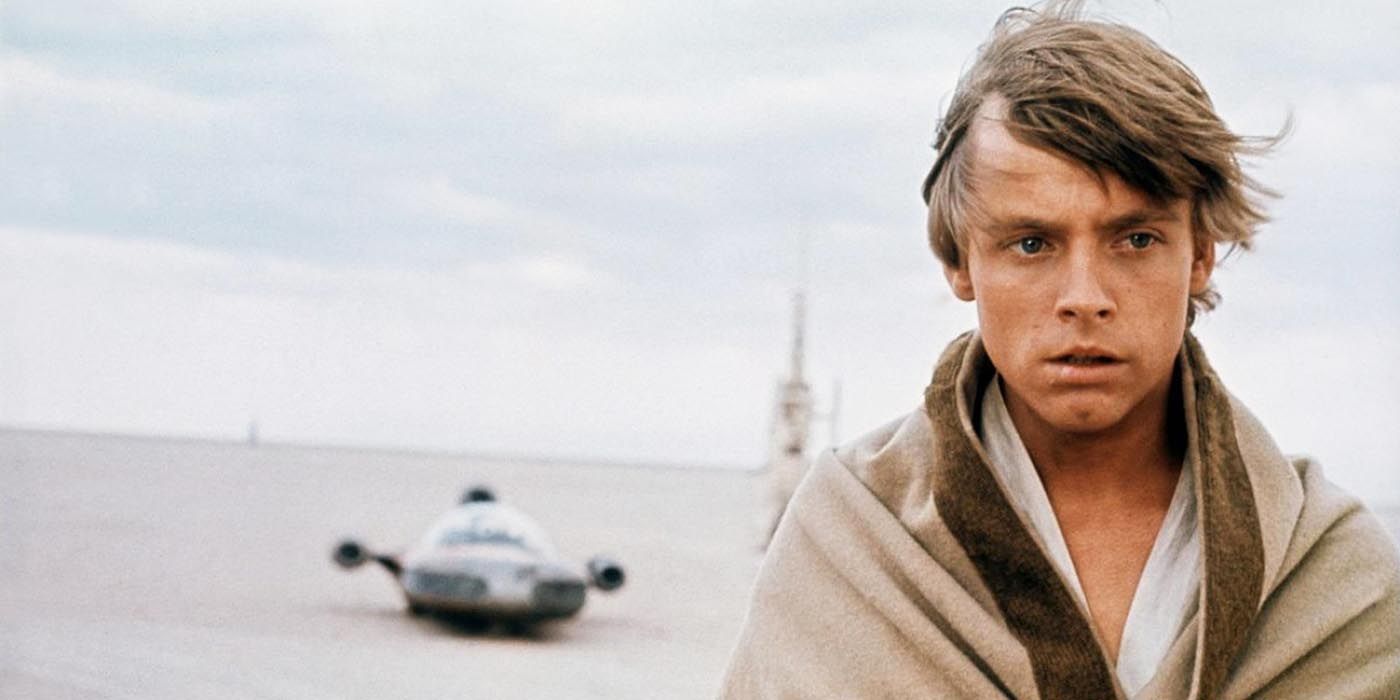
The movie originally known as Star Wars got its own subtitle when it was re-released in 1981. Since then, it’s been known as A New Hope, which is a direct reference to Luke Skywalker. After Anakin Skywalker’s turn to the dark side and the rise of the Empire, Obi-Wan and Yoda were counting on Anakin’s offspring to eliminate the Sith. A New Hope is all about Luke embarking on the hero’s journey and embracing his destiny, becoming the galaxy’s new hope. The title could also be describing the Rebel Alliance (their victory gave the galaxy hope the Empire could be toppled), but since Luke is clearly the film’s protagonist, it’s most likely connected to his individual arc.
The Empire Strikes Back
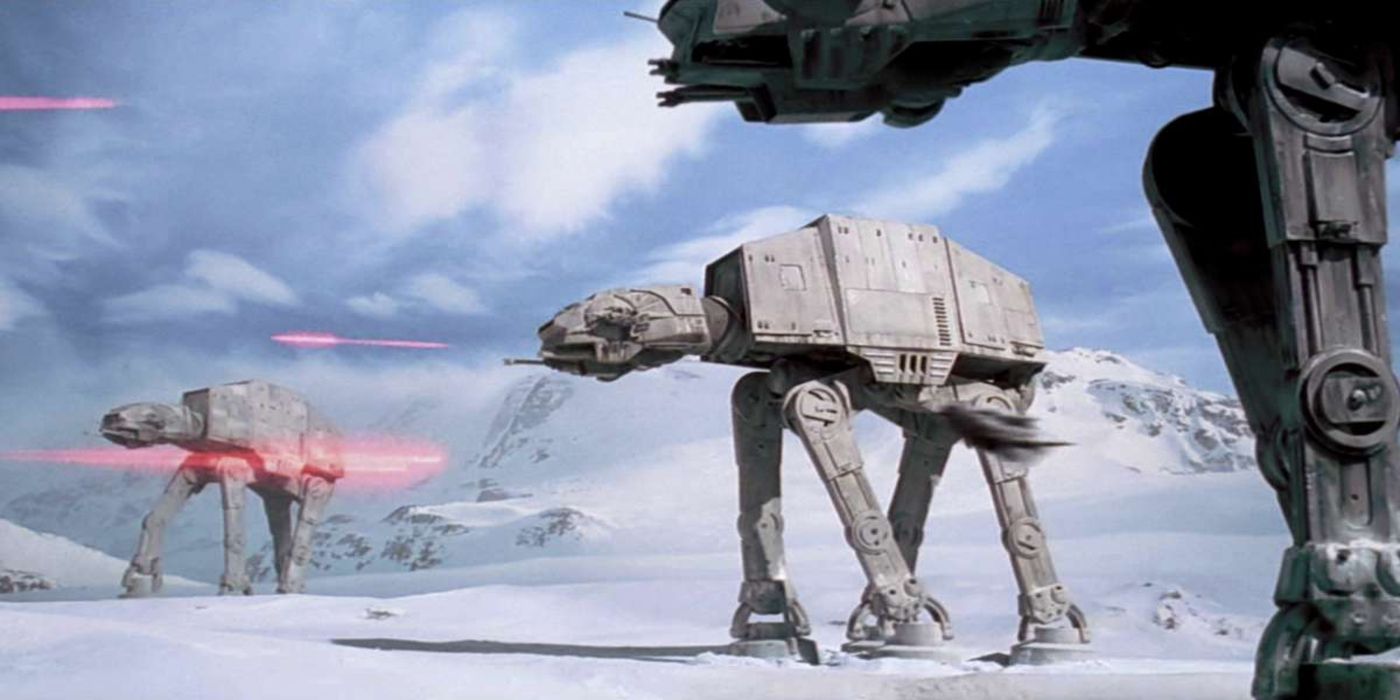
After losing the Battle of Yavin, the Empire regrouped and extracted revenge on the Rebels, so the first Star Wars sequel has a very fitting title. The Empire Strikes Back essentially spoils that this is a movie where the villains win, beginning with their victory at Hoth in the film’s first act and ending with Han Solo’s capture at Cloud City. It was in this movie audiences saw the full might of the Empire in full effect and why they should be feared. Clearly, The Empire Strikes Back connects to the movie’s events in a much broader sense than some of the other Star Wars titles (it’s not about a single character or thematic element), but it definitely gets the job done and lets everyone know the heroes face substantial obstacles this time around.
Return of the Jedi

This title is two-pronged. On one hand, Luke completing his training marks the return of the Jedi Order that was wiped out during the Clone Wars and (seemingly) their victory over the Sith. Luke’s arc in the original trilogy built up to that moment, fulfilling the wish he had back in A New Hope. Of course, Return of the Jedi could also be in reference to Anakin, who turned back to the light and found redemption by choosing to save Luke. After being Darth Vader for decades, Anakin returned in one final heroic moment before he died. Both interpretations are sound, since it’s officially unconfirmed if “Jedi” is meant to be singular or plural. It’s up to the viewer.
The Phantom Menace
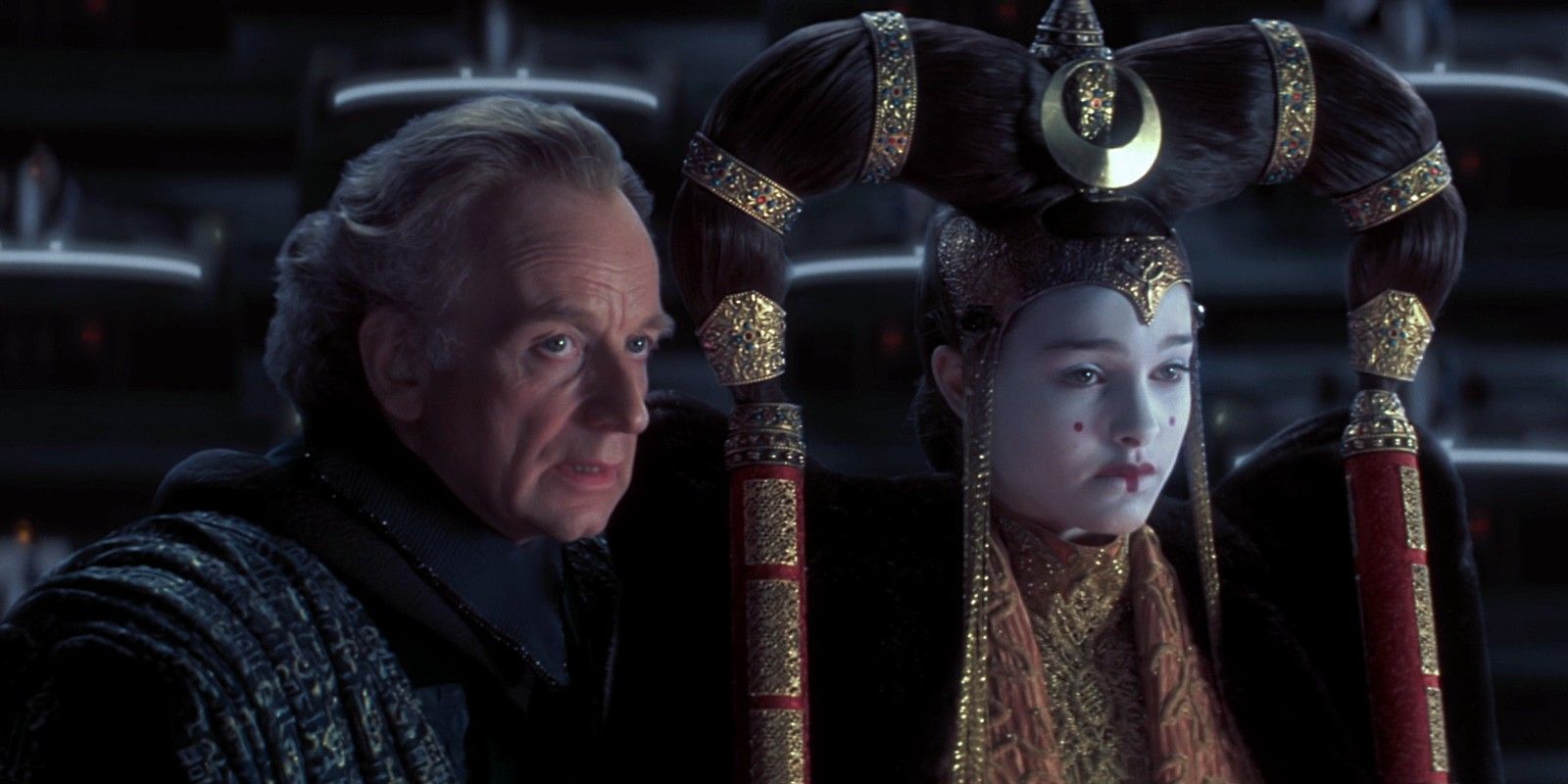
The first prequel laid the foundation for what was to come in the rest of the trilogy, depicting a scheming Senator Palpatine plotting to overthrow the Republic. This title pertains to him, since he is the titular menace threatening the galaxy – unbeknownst to the Jedi. Darth Sidious was always lurking in the shadows, waiting for the opportune moment to strike. He may only be a supporting character in The Phantom Menace, but his presence obviously looms large in the movie. While the prequels were about showing Anakin’s fall, they were as much about the Empire’s rise – and dedicating the first film’s title to Palpatine is proof of that.
Attack of the Clones
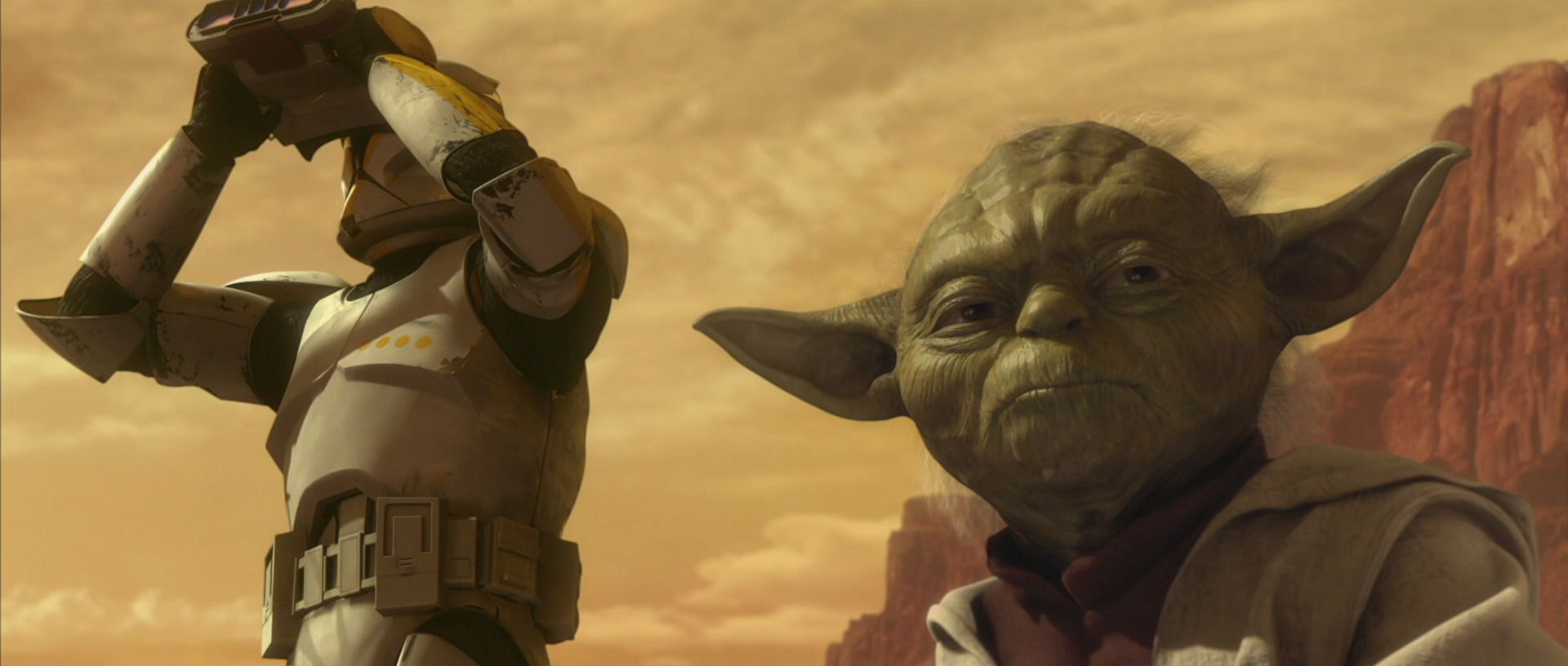
This title is in reference to the climactic Battle of Geonosis, during which the Republic’s new clone army helps rescue Anakin, Obi-Wan, and Padmé by attacking the Separatist forces on the planet. Whereas previous Star Wars titles seemed to stem from an individual character or a larger idea that permeated through the entire film, this one is primarily connected to that single set piece, which makes it an arguably curious selection. The movie isn’t really about the clones attacking; the two main storylines are Anakin and Padmé’s blossoming romance and Obi-Wan uncovering a conspiracy (which admittedly does involve the clone army). One can see why George Lucas went with this title, but it still takes a long time for the clones to finally jump into action.
Revenge of the Sith
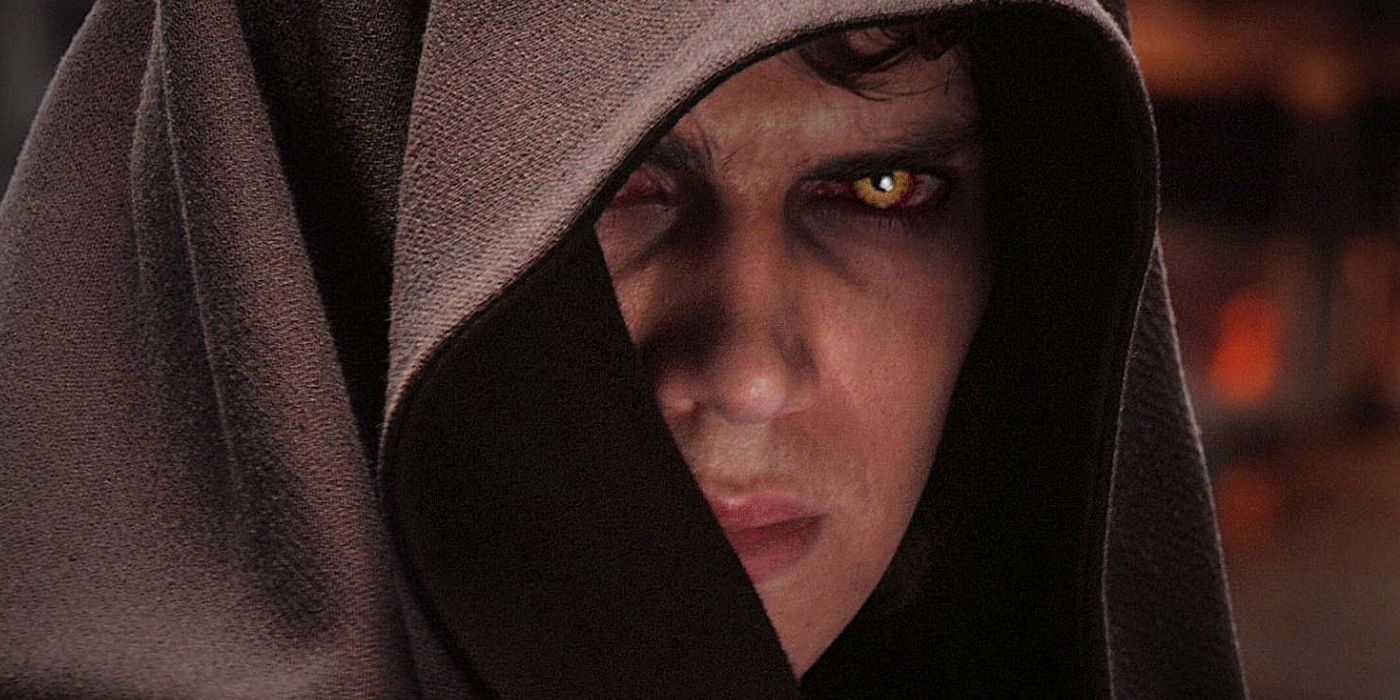
Essentially, this is the prequels’ version of The Empire Strikes Back, conveying to the audience this is the movie where the villains definitively win. When the trilogy began back in 1999, audiences knew what the endgame was, so there weren’t too many narrative surprises here. Revenge of the Sith is a very fitting title for the movie, as it sees the Jedi Order eradicated and the Republic reform into the Galactic Empire. After so many years of operating behind-the-curtain, Darth Sidious unleashed his full fury on his enemies and became ruler of the galaxy. The title is also a sly callback to Return of the Jedi’s original name – Revenge of the Jedi. Only this time, revenge is something commonly associated with the Sith, so it was more appropriate to use.
The Force Awakens
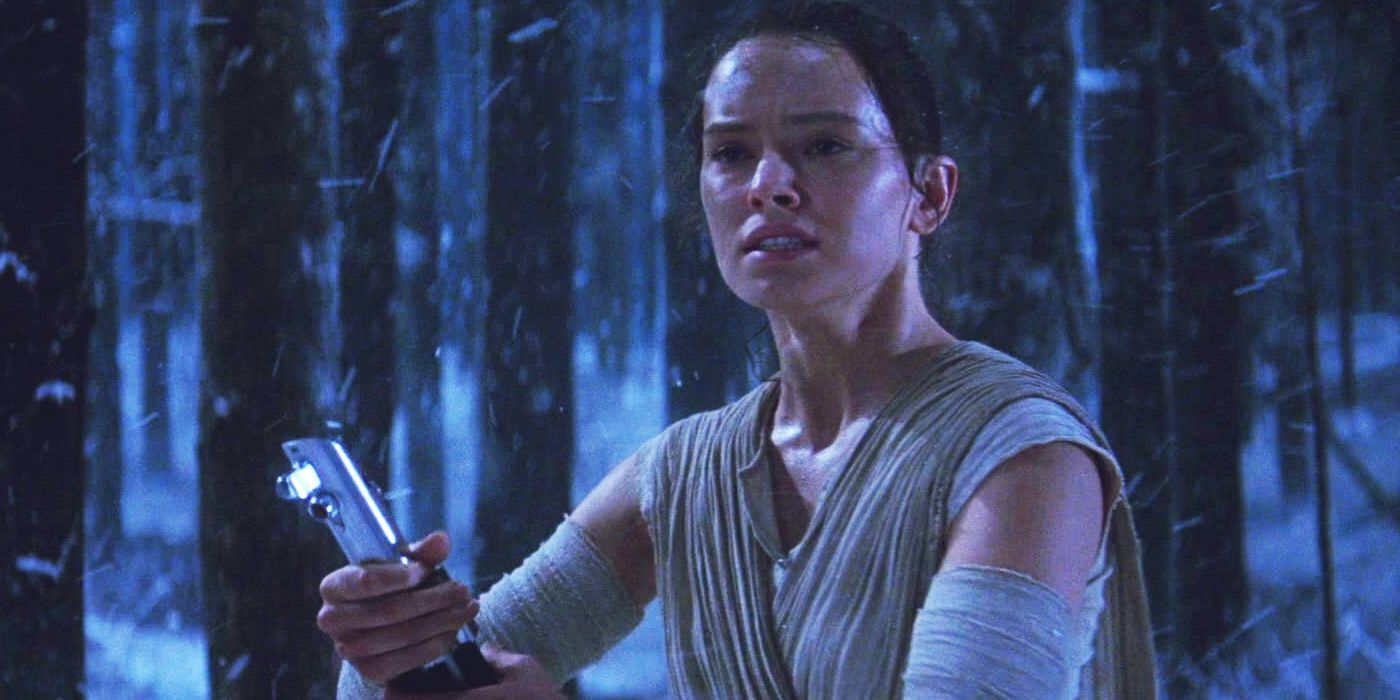
The sequel trilogy featured the highly-anticipated returns of Luke, Han Solo, and Princess Leia, but a new generation of characters served as the leads. The Force Awakens is in reference to new protagonist Rey, who goes on her own journey of self-discovery in the movie. After unknowingly having the Force for her entire life, she finally taps into her powers and explores her potential, growing stronger in the process. This builds up to her lightsaber duel against Kylo Ren on Starkiller base. The Force Awakens’ title is explicitly referenced in dialogue, when Supreme Leader Snoke asks Kylo if he felt Rey’s emergence.
Rogue One

Star Wars’ first live-action spinoff has one of the most straightforward titles in the entire series. Rogue One refers to the titular ragtag group of Rebels who embark on a suicide mission to steal the Death Star plans. Upon leaving the Yavin base, Bodhi Rook makes up the Rogue One call sign on the spot, hence the film’s name. After Rebel leadership opted to not launch an official attack on Scarif, this team went rogue and took matters into their own hands. Compared to the alternate titles, Rogue One was simple and to-the-point.
The Last Jedi
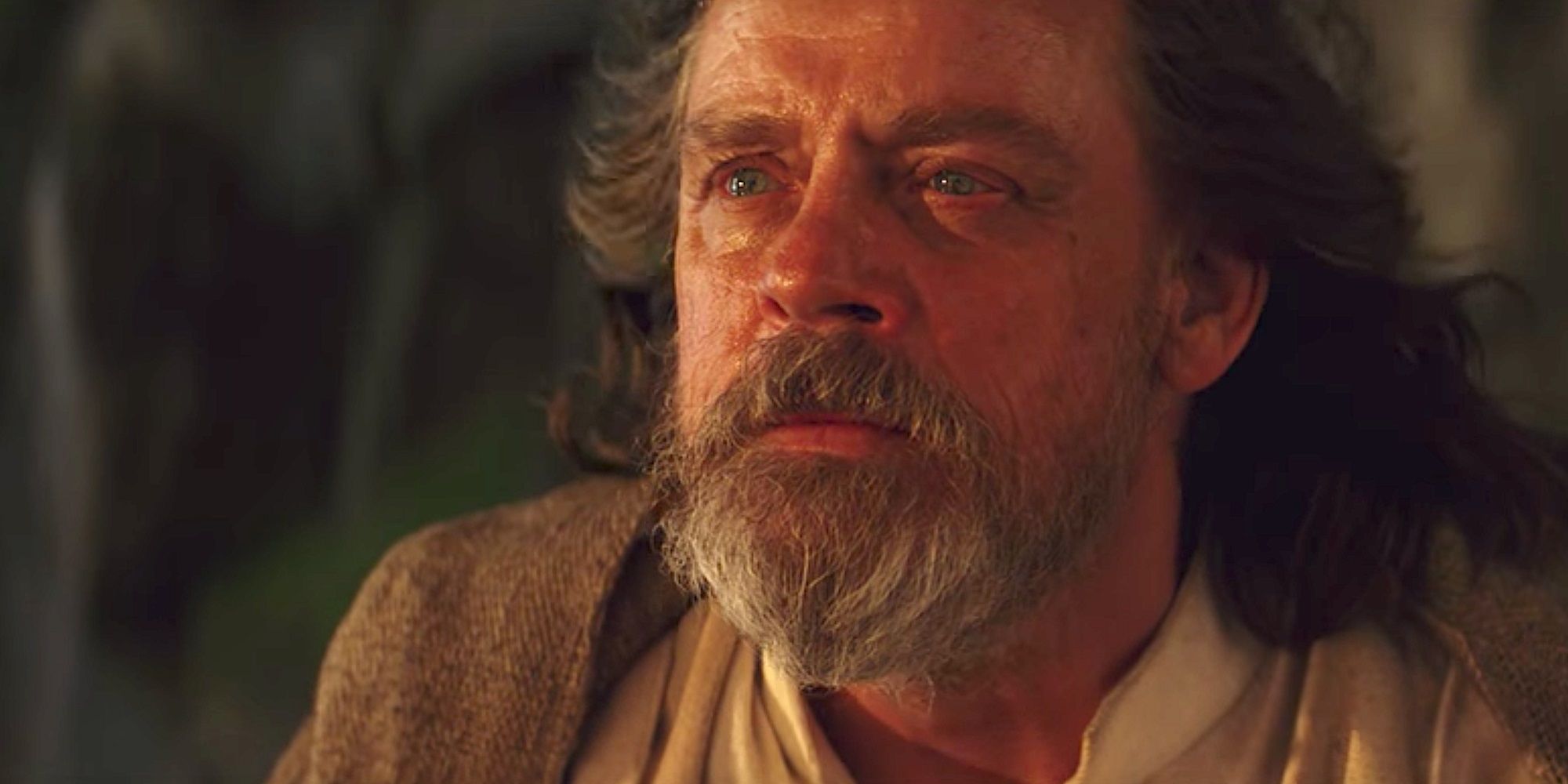
Director Rian Johnson cleared up this title’s meaning a few months after it was first announced. He said that he always felt it was singular, meaning The Last Jedi is another Star Wars title that refers to Luke. When Rey finds him on Ahch-To, Luke is the last Jedi left in the galaxy, having failed to start a new Order in the years after Return of the Jedi. Given the importance of Luke in the story, this is a fitting title. While Rey and Kylo’s conflict remains a central focus, a good chunk of the movie deals with Luke learning to accept his past mistakes and move forward, becoming the legend the galaxy desperately needs. The movie is arguably about him more than any other character.
Solo

Another Star Wars anthology movie that has a self-explanatory title, Solo serves as an origin story for Han Solo. The movie depicts key events from his youth prior to the original trilogy, including meeting Chewbacca and winning the Millennium Falcon from Lando Calrissian. Solo explores how a wide-eyed, idealistic Han became a jaded cynic, leading into the original trilogy. He is the primary focus of the spinoff, so it makes sense his name is in the title.
The Rise of Skywalker
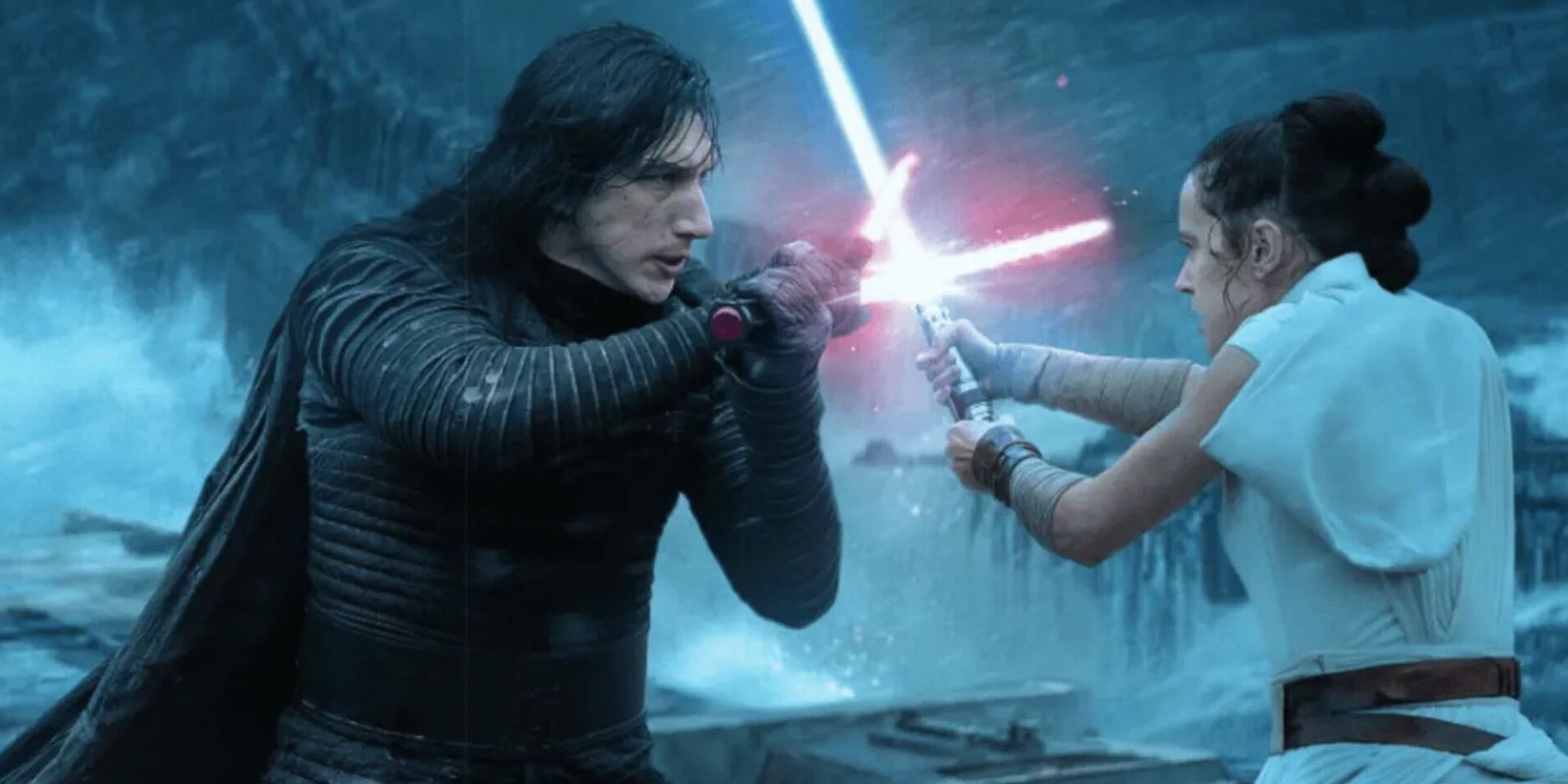
When this title was announced at Celebration 2019, there was much speculation over what the “Skywalker” was in reference to. It appears to be open to multiple interpretations. At the end of the film, Rey calls upon the spirits of all the fallen Jedi before her and uses the Skywalker lightsabers (that belonged to Luke and Leia) to defeat Palpatine in their final confrontation. It’s also noteworthy Rey takes on the Skywalker last name as her own, symbolically rejecting her biological bloodline to become a member of the Skywalker family in spirit. Though The Rise of Skywalker was criticized for having a muddled narrative, Rey spends part of the movie afraid of who she is, and ultimately rises above her heritage to become something greater.
